“While this decision risks damaging our nation’s ability to keep our air clean and combat climate change, I will not relent in using my lawful authorities to protect public health and tackle the climate crisis.”
Joe Biden, US President
The Biden administration’s plans to combat climate change have received their biggest blow from the nation’s highest judiciary. The 6-3 ruling on June 30, 2022, by the Conservative US Supreme Court, in West Virginia vs EPA shut the door on Biden’s efforts to curtail pollution-inducing carbon emissions. To many Americans, it feels as if the once attainable goal of an emissions-free power sector by 2035 is quickly fading and replaced by a turbulent future in America’s fight against climate change.
Eleven billion metric tons of carbon are emitted into the atmosphere annually. 1.2 trillion tons of ice melt yearly due to warming temperatures. Everything from floods to extreme heat displaced around 21.5 million people, referred to as climate refugees. Furthermore, for those not up to date on the statistics, the never-seeming-to-end headlines for everything from wildfires to fatal storms should accurately paint just how horrifying the picture is.
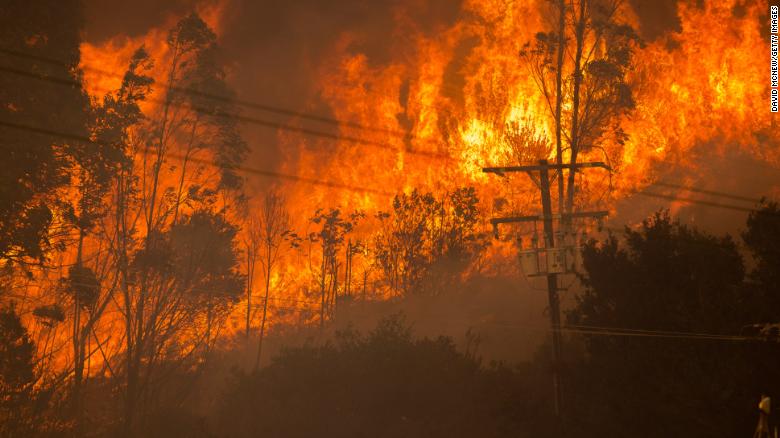
Climate change will likely increase the frequency and severity of such wildfires.
Image courtesy-CNN
US Supreme Court – Trump’s Legacy
From abortion rights to gun laws, the reminiscents of the Trump administration loom wide over American politics. Coupled with the impediment of Democrats’ largest climate bill six months prior, the current Supreme Court ruling is constructing a scary reality devoid of climate empowering initiatives. What Biden identifies as “another devastating decision that aims to take our country backwards,” and others feel as “a punch in the gut,” inhibits authoritative change to be made within carbon-producing industries.
Consequently, backlash in response to the ruling has concentrated upon the magnitude of what it entails. Yamide Dagnet, a former climate negotiator for the UK and European Union, contextualizes the ramifications to demonstrate that “backsliding is now the dominant trend in the climate space.” Justice Elena Kagan says, “I cannot think of many things more frightening.”
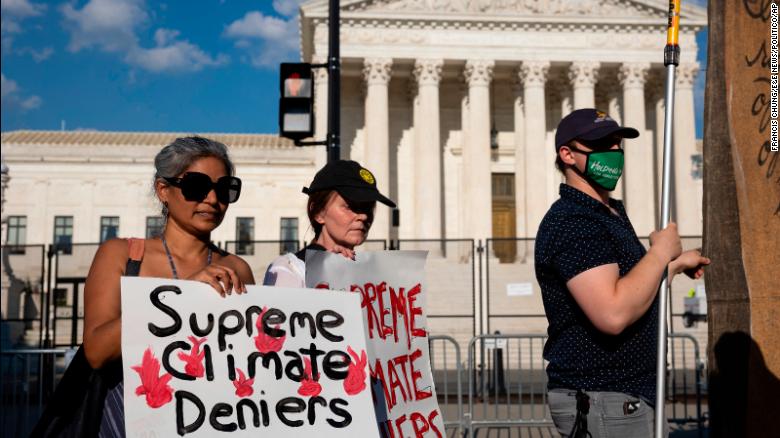
government’s capacity to fight climate change.
Image courtesy-CNN
However, the Supreme Court established its aversion toward the US Environment Protection Agency’s (EPA) regulation of fossil fuels under the jurisdiction of its Major Questions Doctrine. According to Justice Neil Gorsuch, the doctrine establishes that “administrative agencies must be able to point to ‘clear congressional authorization’ when they claim the power to make decisions of vast economic and political significance.”
Limitations of reversing climate change through fossil fuel reduction
To fully understand the situation, it is imperative to consider the economic ramifications of reducing fossil fuels. Despite its laundry list of negative environmental impacts, fossil fuels are the foundation of today’s fast-paced, technologically advanced, and globalized society. Limiting accessibility to this cheap and energy-dense energy source could drastically affect American lives, economic productivity, and international trade.
“Society ultimately must choose between economic prosperity and a healthy environment.“
The economy’s fragile and dynamic nature ensures that even though a reduction in fossil fuels will have significant impacts, it is possible for the economy to adjust and restabilize within these new conditions. Reversing climate change, however, is a much more complicated and slightly impossible task.
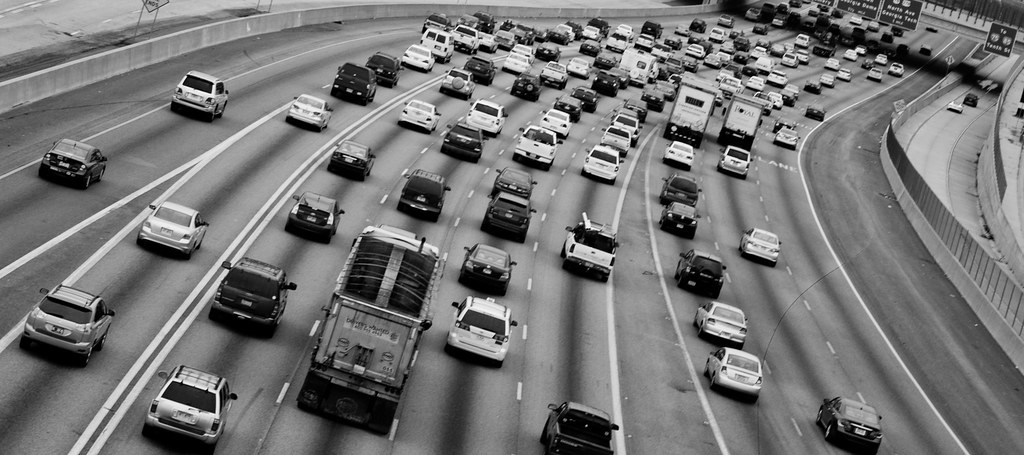
Scientists warn that these last few years are crucial to preventing drastic environmental events. Climate change is already being felt both among the environment and communities. The Supreme Court’s ruling “sends a signal that they will want to make it hard for the federal government to protect people in communities where right now the fossil fuel industry is running the show.”
Victims of the US Supreme Court ruling
Climate change and its effects are disproportionately felt among ethnic or lower-class communities. These communities are burdened with flooded homes or visits to the hospital when a category 4 or 5 hurricane rolls around. They also lack representation and a voice in nationwide climate decisions, such as the recent Supreme Court ruling. Those against the Environmental Protection Agency’s regulation of emissions are Republican attorneys general and conservative legal activists, all with financial ties to the coal and oil industries.

Image courtesy-The Weather Channel
Robert Bullard, an academic that helped orchestrate the US environmental justice movement, warns, “I don’t think the Supreme Court and some of our elected officials are speaking about the urgency of where we are when it comes to our climate.”
How will the US Supreme Court ruling impact other nations’ climate initiatives?
Many are also concerned that the Supreme Court’s decision will have global effects on countries that are on the fence about whether or not to take action on climate change. The decision has the potential to create a butterfly effect of nations restricting their fossil fuel initiatives so as not to diminish their economic productivity in relation to the US.
Furthermore, to smaller countries, the United State’s stance on sacrificing economic productivity for the climate sends mixed signals. The US is the second biggest polluter after China. Not taking a nationwide initiative to reduce fossil fuel consumption mitigates the issue’s urgency, especially in countries with high emission rates.

Not only are large, influential countries such as the US responsible for reducing up to 50% of their emissions, but the international debate has been brewing on whether they should recompense developing nations as well. Wealthy countries account for merely 12% of the population yet have produced over 50% of all greenhouse gas emissions in the last 170 years. Considering that nations closest in proximity to the effects of climate change usually practice much less climate aggravating activities than developed nations, this debate has the potential. It is already taking off in the geopolitical sector.
The question on the minds of officials, scientists, environmentalists, and people worldwide is what lies in the future of America’s battle against climate change. First, the Supreme Court’s decision does not constrain local or state efforts. However, in locations neglecting renewable energies or environmentally friendly efforts, federal government intervention is necessary to establish climate conserving activities and lifestyles.
An uncertain future for Biden’s climate policies
During the Obama administration, momentum on climate change action was strong. The Paris climate accord of 2016 bolstered America’s liberal and progressive path on the subject. However, all that came to a screeching halt when former President Trump publicly denied the existence of climate change and ended all initiatives, including the Paris climate accord. Now, Biden’s “climate presidency” is taking a bit of a tumble as the conservative Supreme Court left behind by Trump inhibits the progress Biden is advocating for.
“Decisions like the one today in the US or any other major emitting economy make it harder to meet the goals of the Paris Agreement for a healthy, livable planet.”
Spokesperson for the UN Secretary General Antonio Guterres
This decision against the climate change initiative is only one of the many that officials anticipate for the future. The federal judges appointed under former president Trump are now taking charge of climate cases, especially those coming within the year.
The EPA’s next steps in the matter are unknown. However, Michael Regan, the agency’s administrator, assures the ruling “does not take the EPA out of the game.” Regan adds, “rulings like yesterday prevent us from moving forward as quickly as we would like. So Americans should use their voices as much as possible to ensure that we can move forward and do the things that the American people would like for us to do.”
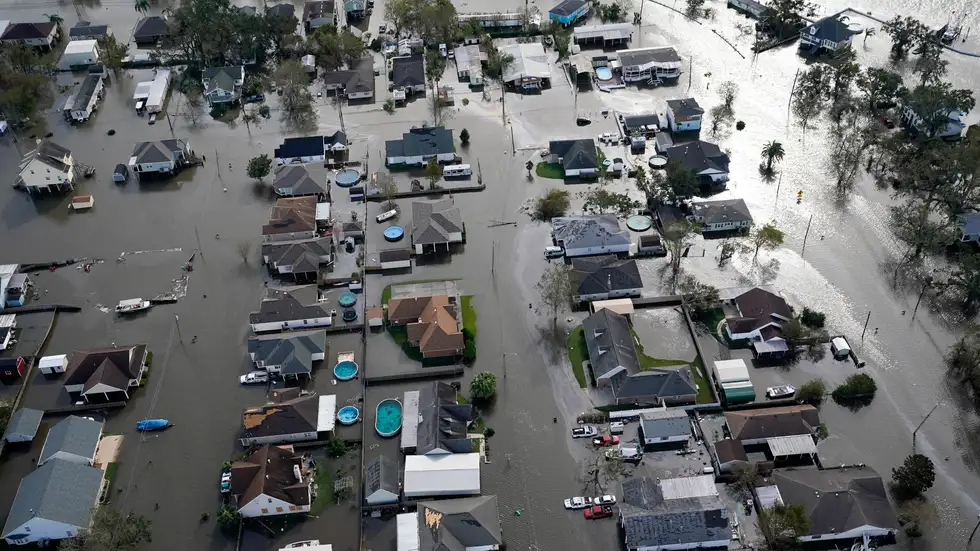
Image courtesy-The Weather Channel
Conclusion
It is important to remember that the current ruling only limits the authority of the EPA to set a standard level of emission rates. Institutions, companies, and citizens do have the ability to choose the environment and to make a difference, one action at a time.
You may also like:
GREEN FUELS: AN INNOVATIVE REPLACEMENT FOR FOSSIL FUELS
THE GREEN DEAL: EUROPE AND ITS DREAM OF CLIMATE NEUTRALITY
About the Author

My name is Alara and I am a high school junior at the Trevor Day School in Manhattan. I am the leader of various clubs, including Model UN, the admissions team, and community service clubs. I value hard work, education, optimism, and ambition. Passionate about international relations, environmental science, journalism, and economics, I hope to make an impact in these sectors during my internship at The International Prism.

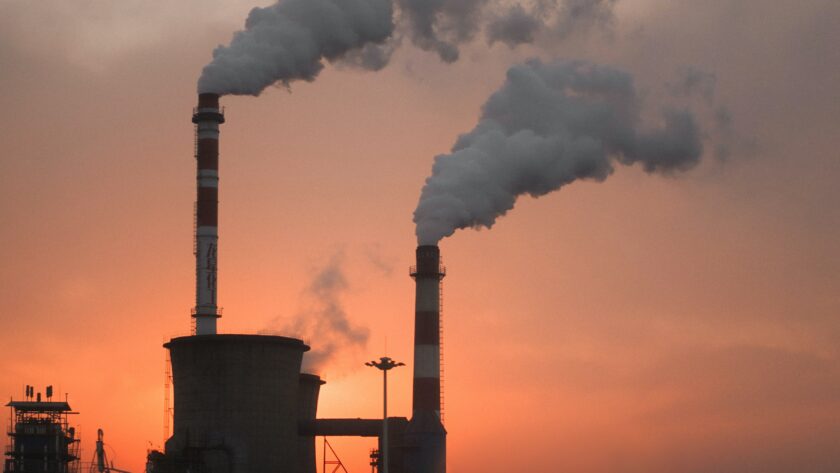





[…] You may also like: UNITED STATES’ CLIMATE ACTION: IMPACT OF THE CONSERVATIVE SUPREME COURT […]
[…] UNITED STATES’ CLIMATE ACTION: IMPACT OF THE CONSERVATIVE SUPREME COURT […]